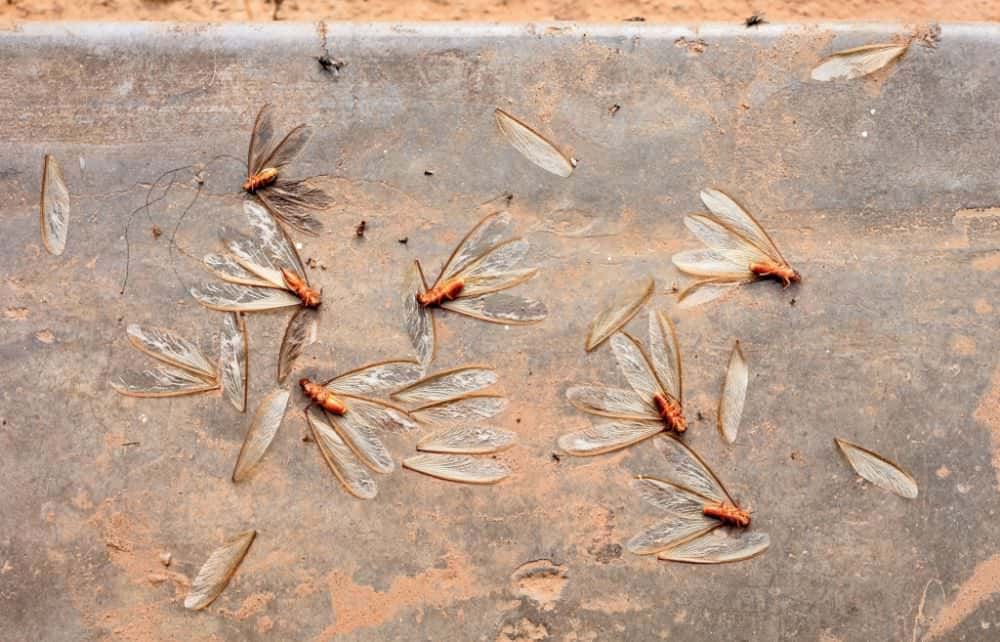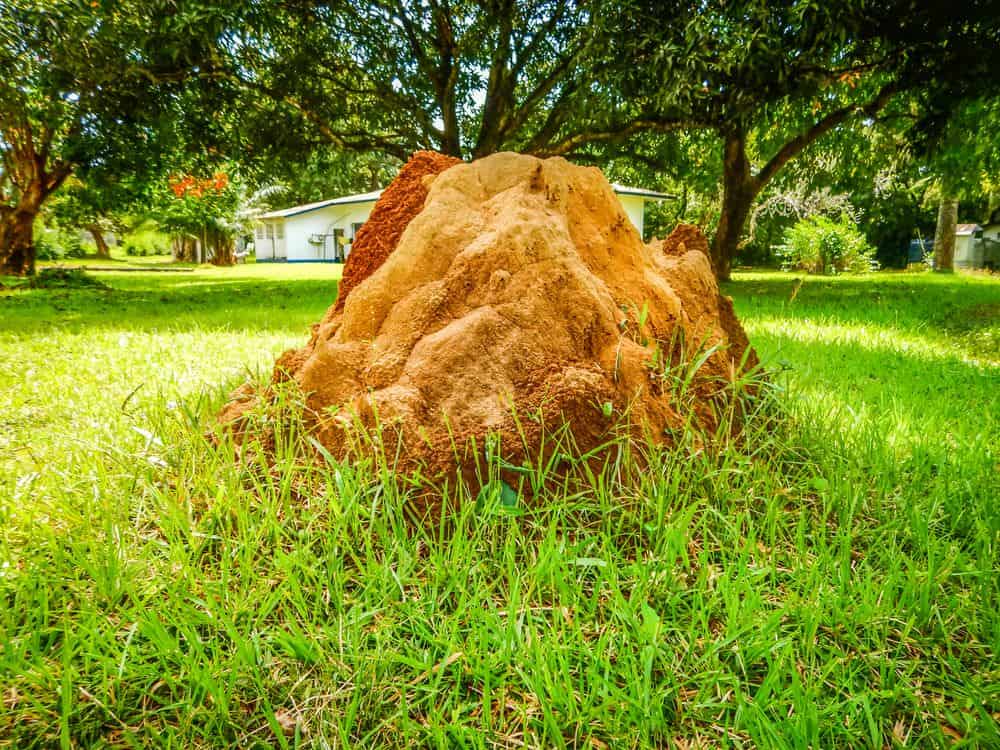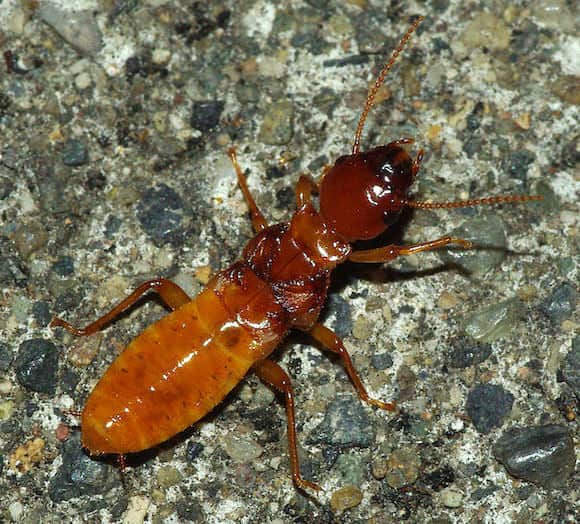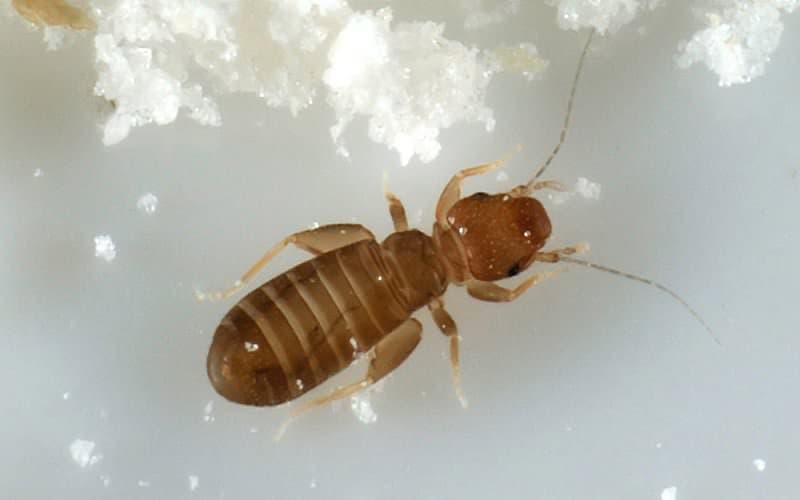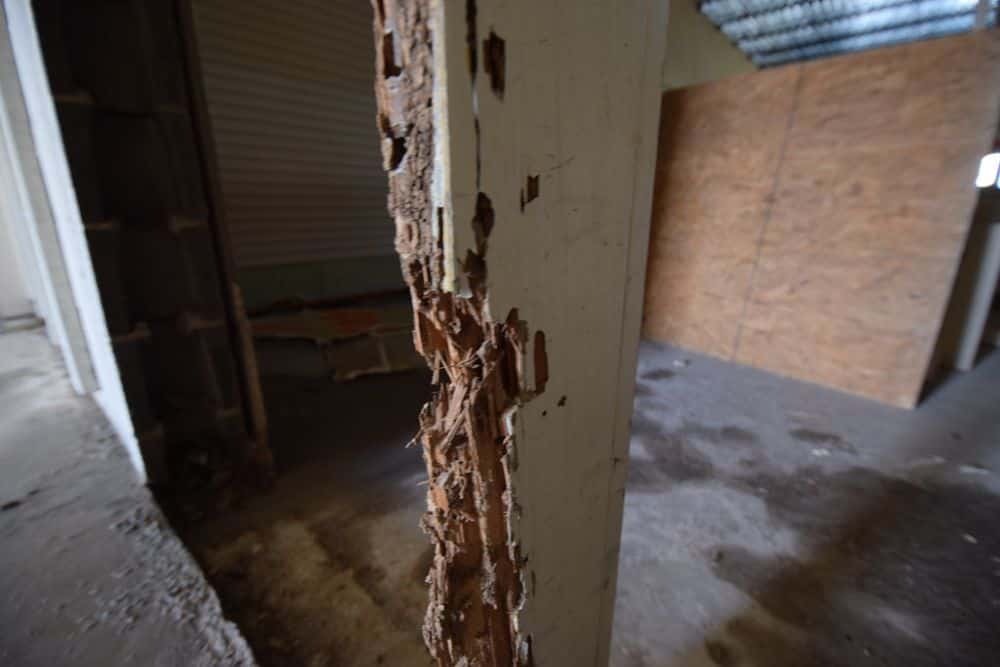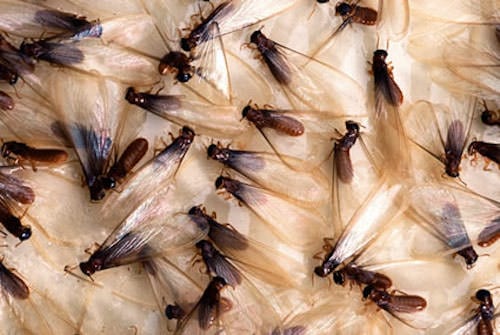Termite Eggs
Termites play an important role in many ecosystems, but they are best known for causing structural damage in buildings and homes. The termite life cycle is similar to that of ants or cockroaches and, like all insects, termite eggs are how this tiny creature begins life.
In this article, we discuss different aspects of termite eggs. We’ll look at their numbers, appearance, location in a colony, and different treatment and prevention methods.
How Many Eggs Do Termites Lay?
The number of eggs a termite queen lays will vary depending on species and habitat. A productive mother, at certain times in her life the queen lays one egg every three seconds. If she reaches a queen’s average lifespan of fifteen years, she will have laid hundreds of millions of eggs by the time she passes her duties to another queen.
As termite queens have one of the longest life spans of any insect, the total amount of eggs they can lay is a staggering number. Termite colonies function through a caste system, with each egg destined for a different level of the caste. Hormones control the number of eggs for each caste, and those eggs develop into workers, soldiers, or “reproductives,” which will become future kings and queens.
In one particular species, as termite queens approach the end of their lives, they produce eggs “immune” to sperm. This creates a cloned successor, free from the termite king’s DNA.
The new queen begins to lay her own eggs, but she has not mated with the king (her father). She is not an exact clone, as she doesn’t have her mother’s DNA, strand for strand. Instead, she receives half of her mother’s DNA, and this multiplies to compensate for the lack of sperm and its half of the gene contribution.
This method of reproduction has excited researchers, as they see it is nature’s clever way of preventing inbreeding.
What Do Termite Eggs Look Like?
Although visible to the naked eye, a termite egg is not much bigger than the full stop at the end of this sentence. You are unlikely to find a single egg by itself. They are usually in clusters, which makes them a little easier to spot.
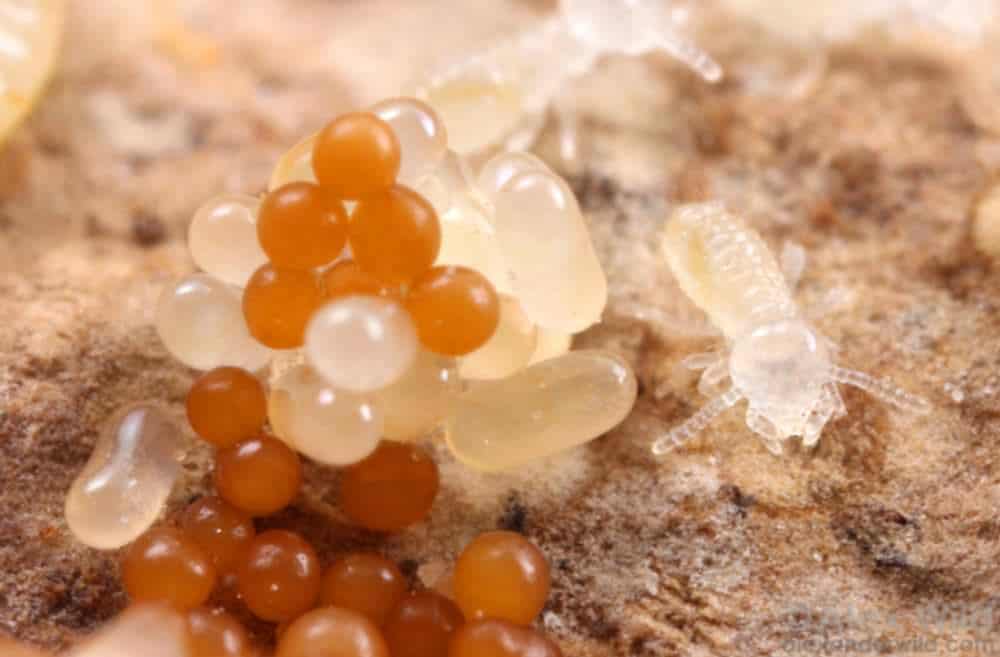
Their color varies from white to pale orange. Some people describing termite eggs as looking like tiny jelly beans, caviar, or piles of powder. The eggs take almost four weeks to hatch into nymphs, the next stage of a termite’s life cycle.
In some cases, termite eggs may look like termite feces, but the location of the pile gives a clue as to which is which. Droppings appear in and around an infested structure, but the eggs remain in the nest of the colony, as described in the next section.
Where Do Termites Usually Lay Eggs?
Termites lay their eggs in the colony’s nest. Some species build nests in mounds of soil. Others choose trees or man-made structures, like utility poles or fences. Many species spread their colonies underground. The nest’s location depends on the species, and some species don’t stick to just one type of nest.
At the start of a new colony, the king and queen dig out a mating chamber. This is where the queen begins to lay her eggs, cleaning each one. Unlike other male insects, the king helps the queen care for their young. He stays with the queen and mates with her every so often, ensuring her eggs continue to be fertilized.
Once some eggs have matured into workers, they cart newly-hatched eggs away to the “nursery.” The queen is then left with the sole duty of laying more eggs. The workers care for the new eggs until each matures into its designated caste.
What to Do If You Find Termite Eggs in Your House/Yard
Termite eggs cannot be killed as such. However, newly hatched nymphs cannot survive alone. Therefore, once a colony is destroyed, the remaining eggs are not a threat.
The presence of termites can be hard to detect. These tiny creatures’ ability to stay hidden makes colony growth more difficult to control. However, these pests are not impossible to find, as certain signs make them easier to discover.
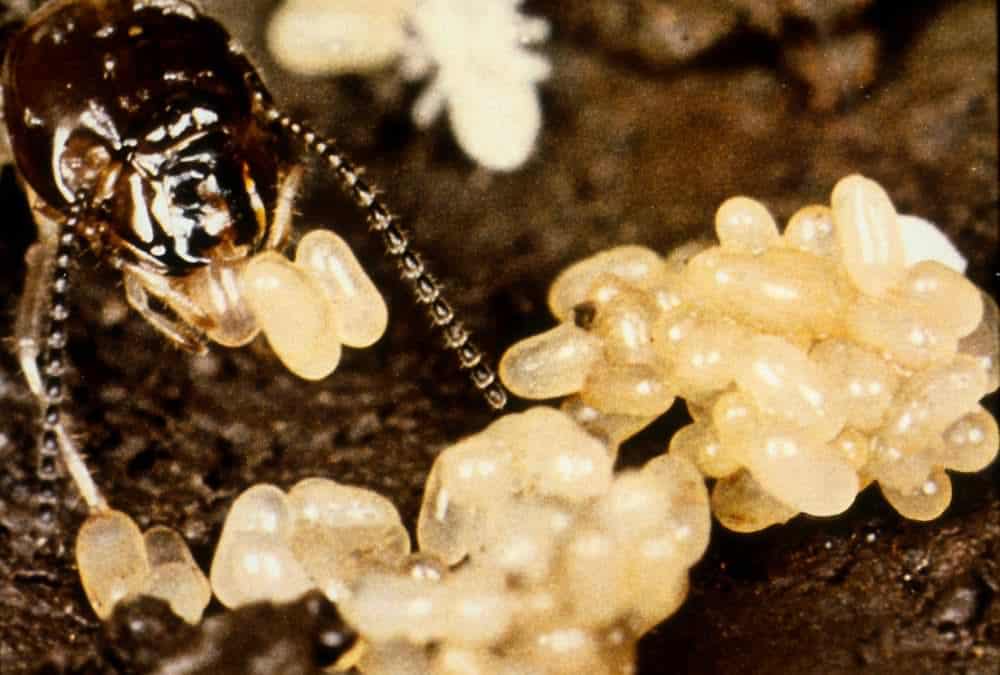
Termite droppings appear, looking like dark sawdust or a sprinkling of sand. Discarded wings show up around windows or sills, and wood may show signs of water damage, even if water has not touched it. Other clues might be branch-like tubes made of mud, appearing at the base of the structure.
Long infestations create incredible damage and can cost homeowners thousands in repairs. Some building owners decide to treat infestations themselves with insecticide. Others may choose to leave it to the professionals. Below, we have detailed some popular treatment methods. These can also be used as preventative measures, once the initial infestation has been treated.
However, homeowners should be prepared to be patient. Certain treatments can take weeks, even months, to take effect. Perseverance is just as important as patience in these cases.
Barriers
This treatment involves pesticide in liquid form, applied around and beneath the infested structure. As the name suggests, the liquid acts as a barrier. It blocks the termites’ path into the building, while trapping those already inside. Some barriers simply repel termites, while others kill them outright.
One negative aspect of barrier treatment is how intrusive it can be. The technician will most likely need to drill holes in floors or patios and move carpets or furniture. This is something to keep in mind when deciding on a treatment method.
Baiting Stations
A baiting station consists of a small plastic container with bait inside. The bait is a wood component attractive to termites, mixed with an insecticide. This poison releases slowly, delaying its effect. Termites eat the fiber, and because they don’t die straight away, they are able to share it with others in the colony. This method can often knock out the entire nest.
The downside of the baiting method is that it can be difficult to get termites to locate the bait. Patience is key; it can take a long time to get rid of infestations. Some homeowners may choose to employ both the barrier and baiting methods.
Each method has its pros and cons. However, whichever method a homeowner picks, both are able to get rid of termite colonies and their thousands of termite eggs.

